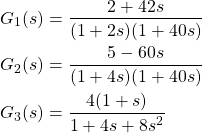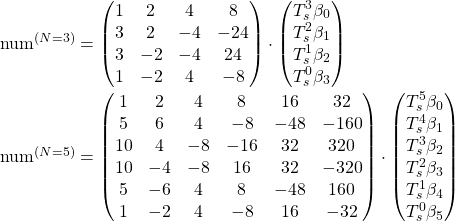Pardon my French on the title. You’ll see why, though.
Recently, my trusted Kindle 3’s display broke. That device is from around 2012 and served me very well. It was registered with my Amazon account and I do have a few e-books on that account.
Devices just “unregister”
Remarkable first discovery: The broken Kindle automagically un-registered and disappeared from my device list. Wtf?
This is remarkable, because apparently you cannot download your purchases if you have no Kindle device (or app) registered. I very much doubt that this is legal in the EU. Sure, you can install the Kindle app on a phone, tablet or (Windoze) PC or Mac. But that’s just chicanery.
But imagine for a moment what this means: You don’t buy a book (physical paper). You don’t even buy the license to read it at your own time and terms. You buy the right to view your book on an infrastructure that Amazon controls and in a way that Amazon dictates you. The moment your device drops out of support, you can conveniently buy a new device – at x Euro, producing completely unnecessary electronic waste. All this just to look at the books you paid money for already.
Devices are “obsolescensed” by not doing simple things (like OTP)
Remarkable second discovery: The firmware of the Kindle 3 (the one with the keyboard) was never re-touched to support one-time passwords (OTP) in a half-way user-friendly way.
I won’t go on about how bad security is at Amazon. I’ve had a colleague who got their account nicked and got pushed around by customer service like in a Kafka novel.
So, then I found this forum post which says: Type your password, wait for the SMS or App to send you the OTP (6-digit code) and then re-type your password with the OTP appended. Sounds fair to me, after all, that’s how OTP is implemented in many cases where there is no special user input other than the password field.
Except that it does not work. It works differently:
- Register using your password
- Wait for your OTP
- Type only the OTP into the password field
- Bob’s your uncle.
Note: This worked on a Kindle 3 Wifi+EDGE (EU) with firmware version 3.4.3.
Lesson Learned
The take-away lesson here: Don’t lock yourself into Amazon’s Kindle. It’s worse than Apple. At least there, you can download most purchases from iTunes (or whatever it’s called nowadays).
Make no mistake: DRM or whatever it is that Amazon does here, on e-books and music is basically bossing around customers.
I bought into this back in 2012. I did it with a bad feeling but it was the relatively best reader at a budget at the time. However, the problems I am describing are deliberate and they are created by Amazon to – I can only assume – keep selling readers and to lock-in customers.
Thanks for nothing, Bezos!
While posting the work-around to the amazon forum – using the term sucks – I was unable to post the comment. No error message. Upon removing the term sucks, I was allowed to post. Figure that.











